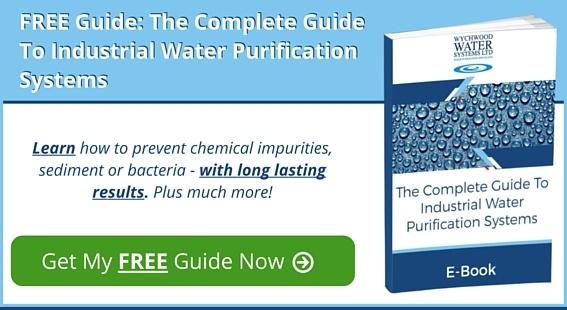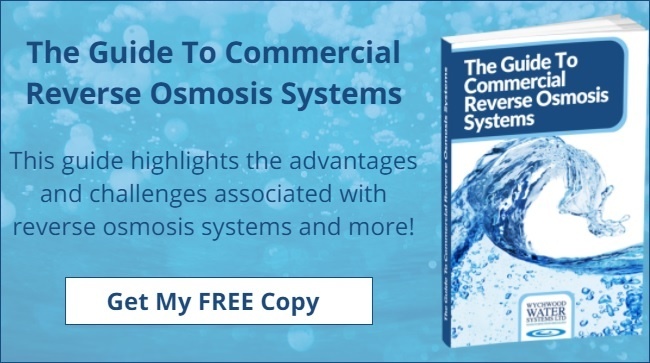
Getting the right standard of manufacturing water you need for your facility is possible using industrial reverse osmosis (RO). This is very effective at removing a number of contaminants in water, and is a very simple process at its core. However, there are also guidelines which must be followed to ensure that the system continues to work correctly.
The Process
Industrial reverse osmosis systems consist of a semi-permeable membrane of composite material. Water entering the system is pressed through this membrane slowly using a low-speed pump. The membrane through which the water travels is both resistant to fouling and can be cleaned regularly to improve its function.
Water travels in a cross-flow across the membrane. It is this turbulence which causes particles, large bacteria and other contaminants to be forced to the surface and toward the membrane, allowing clean water to continue through to the membrane’s other side.
Water Quality
Industrial reverse osmosis is very effective at removing organics, mineral salt and many other kinds of contaminants, including ethanol. Industrial RO removes contaminants at the ion level, thanks to the very small pores of the membrane. Just how small are they? Between 1 and 10 angstroms; so small that water’s molecular layer can stick to the membrane and prevent the passage of ions.
If your plant’s water has a high TDS (Total Dissolved Solids) level, this kind of water treatment solution will address it quite effectively. However, it needs to be stated that industrial RO is not effective for the removal of barium or silica. Similarly, water containing high amounts of silt may not be cleaned effectively with RO, as silt’s fine particles can cause the semi-permeable membrane to become quickly plugged.
Bacteria can also be removed by industrial RO. Depending on what level of water quality is needed by your facility, industrial RO may be sufficient on its own. In cases where a high percentage of bacteria needs to be removed, water may need to be pre-treated using other methods, such as heat sanitisation or UV sterilisation.
Cleaning Instrumental To Continued Filtration
To ensure the continued efficiency of an industrial RO system, its membranes need to be cleaned. There are a few ways to tell that an RO membrane needs cleaning. A decrease in permeate flow and normalised permeate quality of between 10 and 15 percent can indicate that membranes have become fouled and need cleaning. Similarly, an increase of between 10 and 15 percent in normalised pressure between feed and concentrate headers can also indicate the need for membrane cleaning.
Cleaning Methods
The regular cleaning of RO membranes needs to take place in order to continue getting water at the needed level of purity. Industrial RO membranes can be soaked in the systems permeate water during times of system standby. This will help to dissolve scale and loosen any contaminants. Cleaning the membranes in this manner greatly reduces the need to use chemicals for cleaning.
Membranes can also be cleaned of specific contaminants, which can require a series of chemicals applied in sequence. In cases where fouling of the membrane has occurred via organic contaminants and mineral scale, two steps would be typically required. First, a low-pH cleaner is used to remove mineral scale, followed by a chemical with high pH to remove organics.
A second cleaning may be necessary to ensure complete contaminant removal. Normal permeate water quality may take a few days to reset once cleaning has taken place.
Bacterial Contamination
Bacteria is a constant threat to any RO system, mainly because bacteria can thrive virtually anywhere. For example, even if you clean the membranes regularly and the system undergoes regular maintenance, bacteria can quickly build if system-wide temperatures drop below 20°C. The flow rate of water through the system will also be instrumental in preventing bacterial contamination.
Discover All The Benefits Of Industrial RO
We know that your facility cannot afford to take chances with its water quality. However, we also know that the many options for water purification may be overwhelming. That’s why our team at Wychwood have written a free Guide to Industrial Water Purification Systems. This guide not only explains how industrial RO and other water treatment systems work, but also provides you with the information you need to choose the right system for you. Click here to download your guide. You can also email sales@wychwood-water.com with your questions about water treatment.









 We are a specialist independent company involved in water purification and water treatment technologies
We are a specialist independent company involved in water purification and water treatment technologies


